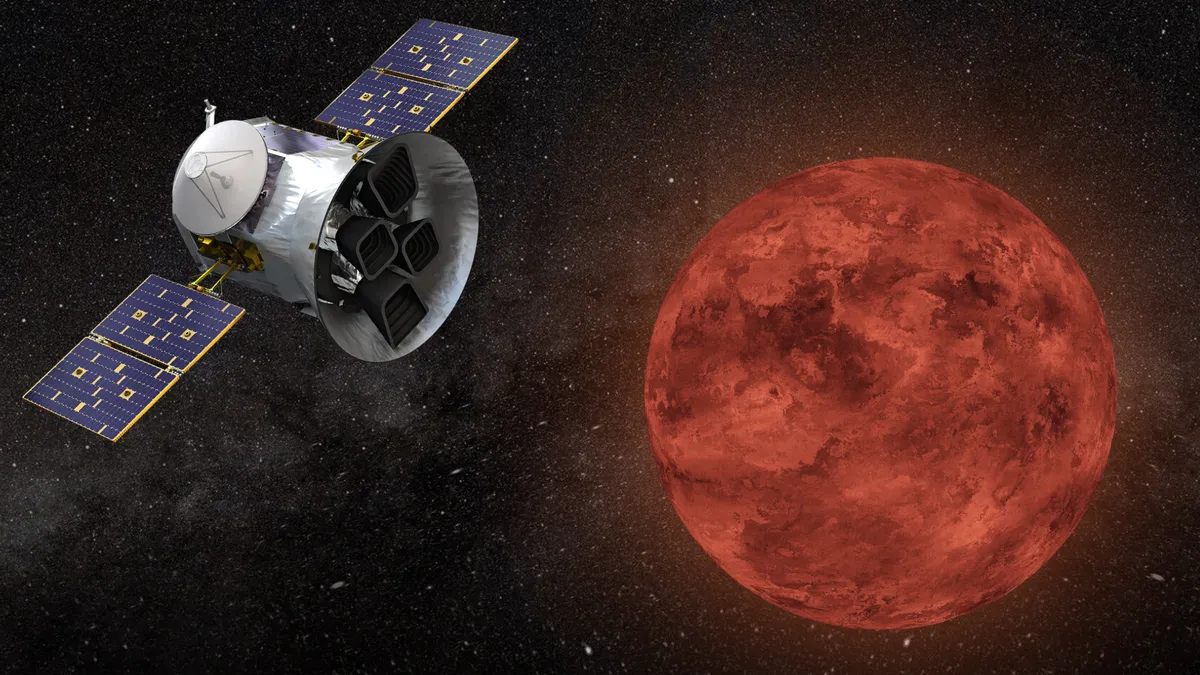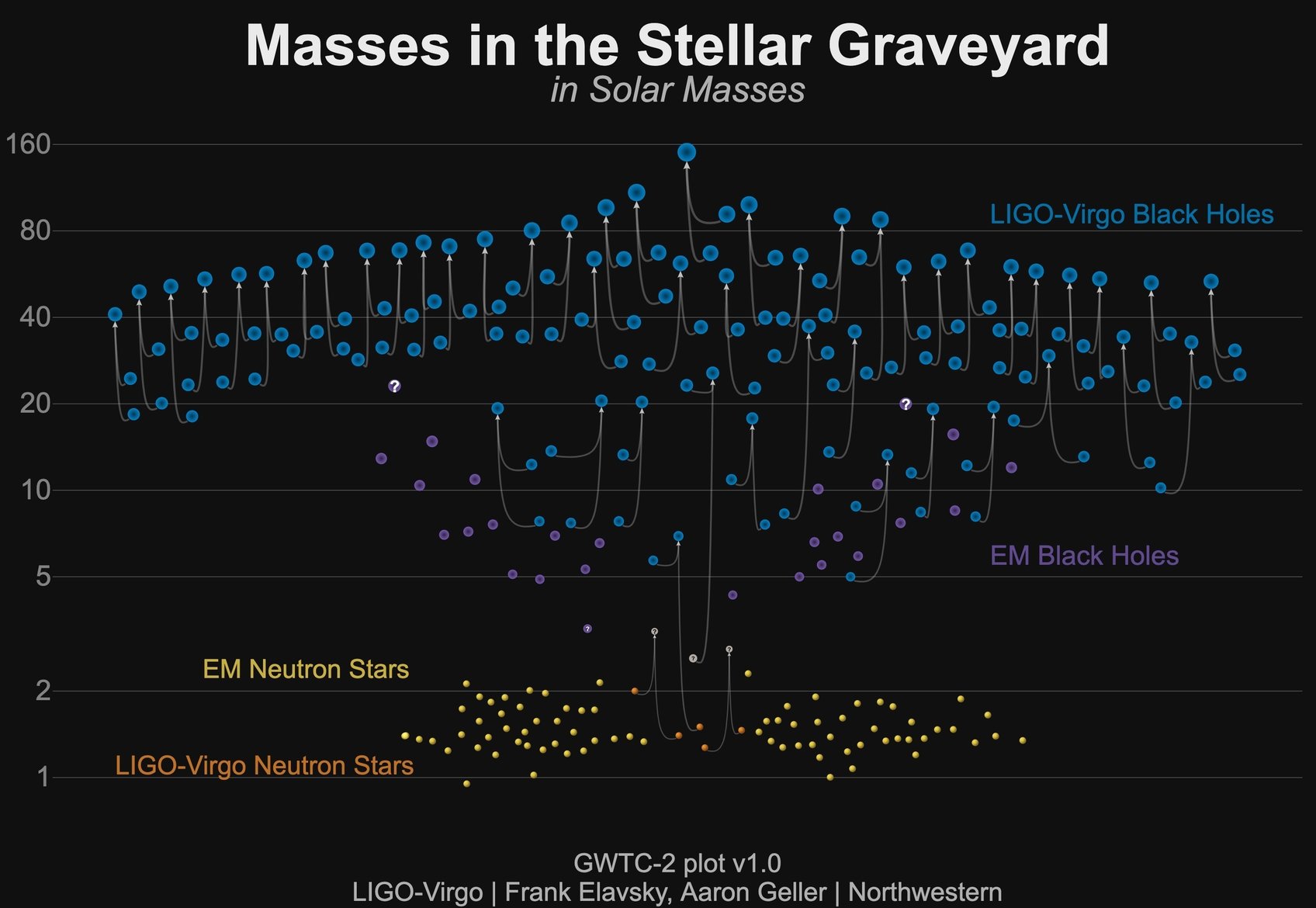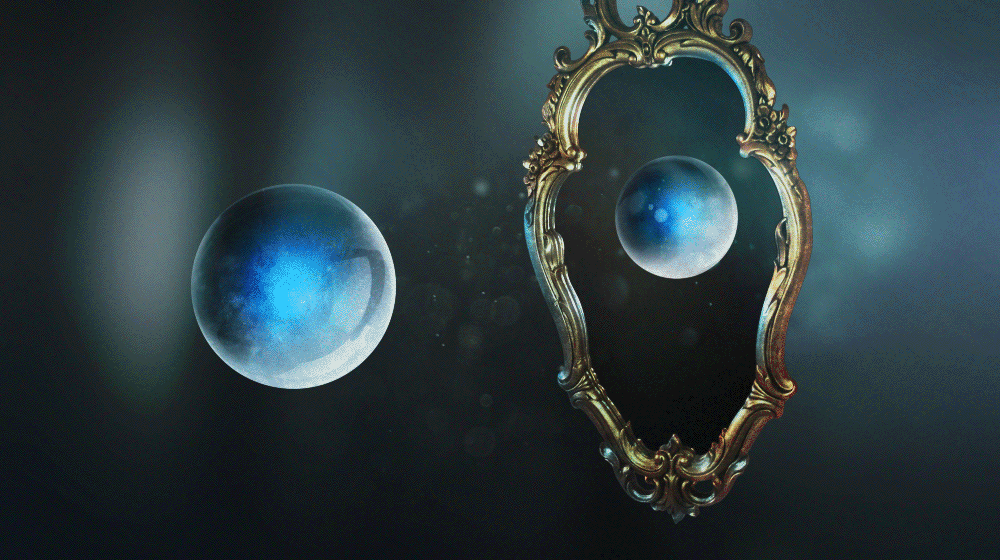
Evidence Networks and Flow-Based Neural Posterior Estimation
A machine learning framework for detecting microlensing events and performing fast, calibrated inference. Designed with upcoming surveys like Roman in mind, it offers a scalable path toward real-time analysis of large astrophysical time-series datasets.





